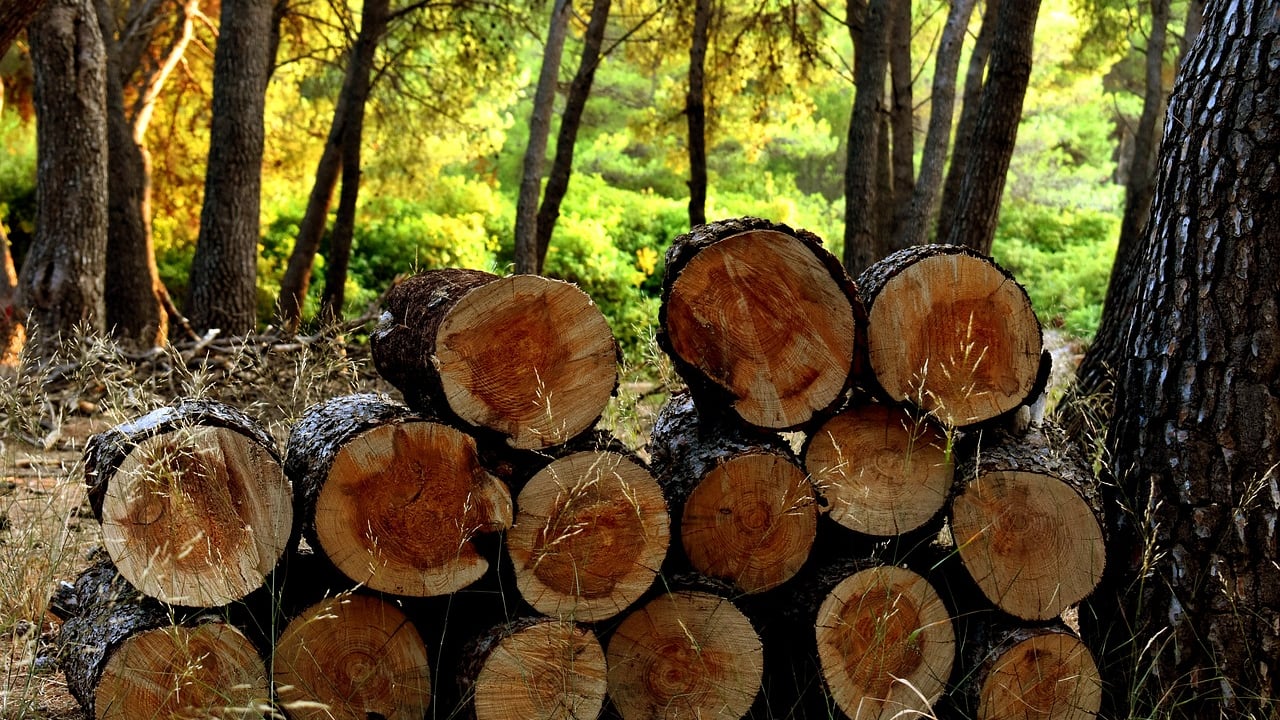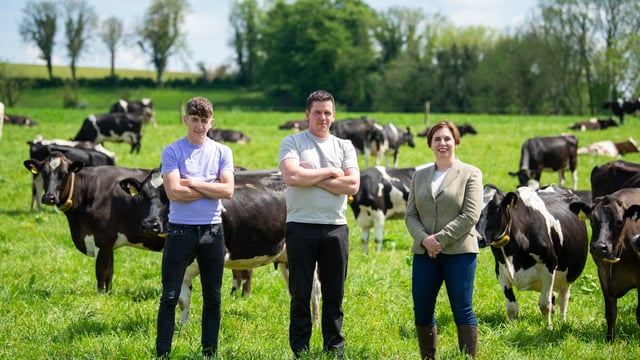Global best practices for using timber highlighted in new report
A new report from the Timber in Construction Steering Group and Forest Industries Ireland has highlighted best practices globally for using timber, with recommendations for use in Ireland.
The report emphasises the role of increasing timber use in construction as a strategy to mitigate climate change and drive growth economically, by reviewing strategies from various European countries, the UK, and Canada.
Several challenges still exist that hinder the adoption of timber in construction, with misconceptions about its strength, durability, and cost persist. Additionally, there are concerns regarding its moisture resistance and fire performance, according to the report.
There is also limited incentivisation for early adoption and demonstration projects, which hampers efforts to showcase timber's potential benefits.
In the UK, the Department for Environment Food and Rural Affairs (DEFRA) formed a steering group comprising a range of private and public sector stakeholders to create the Timber in Construction Policy Roadmap published in December.
The roadmap to increase the use of timber in construction was published on the back of growing interest in timber design among practitioners, along with an aim to decarbonise the the environment.
Wales adopted a new approach from January 2022 for timber usage, by introducing embodied carbon targets for the building of all new schools and colleges, which are required to meet net zero operational targets.
Projects must demonstrate a 20% reduction in embodied carbon, with greater reductions required in the future.
To support this, the country is establishing an independent for-public-good organisation who are looking to transform Wales into a high value forest nation.
Figures show Scotland's house building industry already uses forms of frame construction for 92% of new homes built. This is most likely due to the availability of natural resources and a suitable climate.
Although France has available natural resources, it has one of the lowest applications of timber in construction.
However, with the pressures of climate change and subsequent requirements to change the way it builds, France now leads the way in implementing regulations for lower carbon-impact construction projects.
The country implemented a sustainability law that requires all new public buildings be built from at least 50% timber or other natural materials. A similar commitment was made for the new construction projects as part of the 2024 Olympic Games.
The Netherlands relies heavily on imported timer, with nearly 95% of their sawn timber consumption being sourced from abroad.
However, evidence suggests that the Netherlands could reduce its reliance on imports, as it has been increasing its forestry stock.
Germany is one of the largest timber producers and consumers in Europe. In 2018, the country had approximately 220,000 employees in wood construction generated revenues of €23 billion.
The German Resource Efficiency Programme (ProgRess) is now in its third term following its launch in 2012 with a primary aim to promote sustainable extraction and use of natural resources, along with outlining measures to boost energy efficiency.
In Canada, to date, there has been over 600 mass timber projects completed, with an additional 140 currently under construction.
Canada uses a 'Wood First' approach where timber is the first material of choice for any construction and for 12-storey timber buildings that are built.
Most recently, the Canadian Mass Timber Roadmap has been released which outlines plans to increase the mass timber market in Canada to $1.2 million dollars by 2030 and then doubling the worth by 2035.
The report used the review of global practices to form recommendations for how Ireland could draw lessons from international practices.
One of the recommendations looked at how a skills and educational framework would benefit the country through ensuring workforce competency at all levels.
The report also stated that Ireland needs to increase its forestry supply through supporting the expansion of the forest estate as outlined in the Forestry Programme 2023-2027 and Ireland's Forest Strategy.
The need for financial mechanisms were also highlighted, such as tax reductions, direct funding, loans, and grants.





